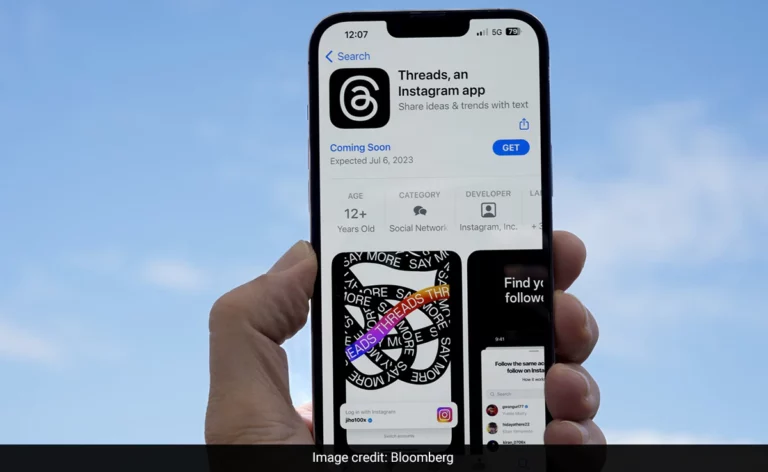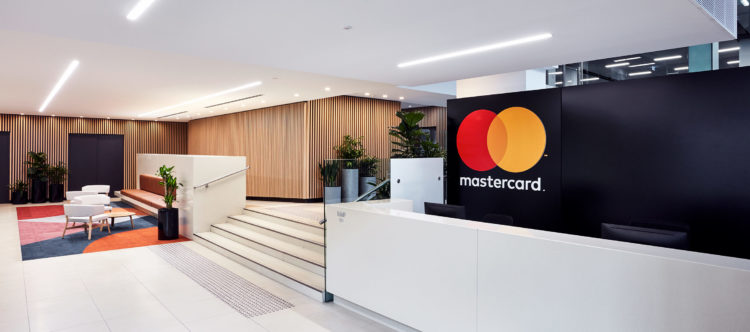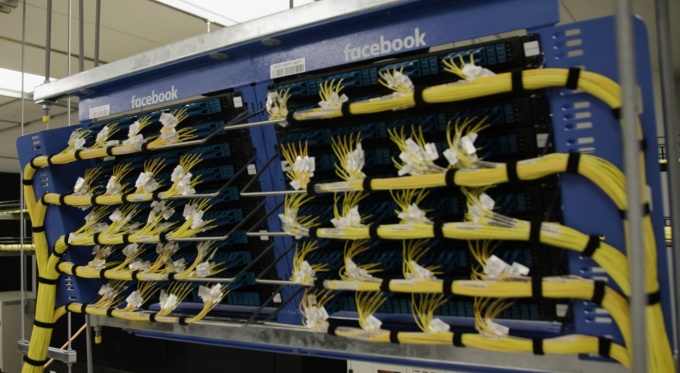“Mixed Reality Is Still a Few Years Away,” Meta

Technology that merges the virtual and physical worlds could become a reality for consumers in a few years, according to Facebook owner Meta Platforms, who provided more details on its vision for the creation of the metaverse.
A person wearing an MR headset may be able to use a real-world object to trigger a virtual-world reaction, such as hitting a video game character with a real-world baseball bat.
It is one of three types of metaverse-related extended reality technologies. With mobile games like Pokemon Go, augmented reality exists, but players cannot influence the digital world with a physical object.
Virtual reality headsets, such as Meta’s Oculus, immerse users in a completely virtual world in which they can interact with their surroundings.
According to an agency executive who attended the call, Meta’s comments came during a Zoom call with ad agencies on Thursday, which was intended to help advertisers better understand the metaverse. It was Meta’s first roundtable discussion about the metaverse with agencies.
The estimate of mixed reality being a few years away adds to the timeline for constructing the metaverse, the futuristic idea of a network of virtual worlds that can be accessed from various devices, which Meta has said could take a decade to build.
Some mixed reality headsets are available, but they are not yet aimed at the general public. Microsoft’s HoloLens 2, which was released in 2019, costs $3,500 and is intended for use in the workplace.
Meta announced Project Cambria, a headset with mixed reality capabilities and face and eye tracking, at its annual Connect conference in October. The headset is set to be released later this year.
Meanwhile, the ad agency executive continued to advise advertisers to experiment with augmented reality ads, such as photo and video filters that overlay digital images onto the real world. Meta’s pitch at ad industry conferences was reinforced by the comments.
According to Meta, brands could collaborate with content creators on AR advertisements or use the technology for virtual clothing try-ons.
According to the agency executive, the roundtable with agencies lacked specifics on what ad formats could be built for the metaverse, as well as what specific controls would be in place to prevent brands from appearing next to inappropriate content or actions.
Advertisers will also want to know how the effectiveness of ads in the metaverse will be measured, and they will wonder, “What did I get for my money?” said the executive.
A Meta representative declined to comment.







